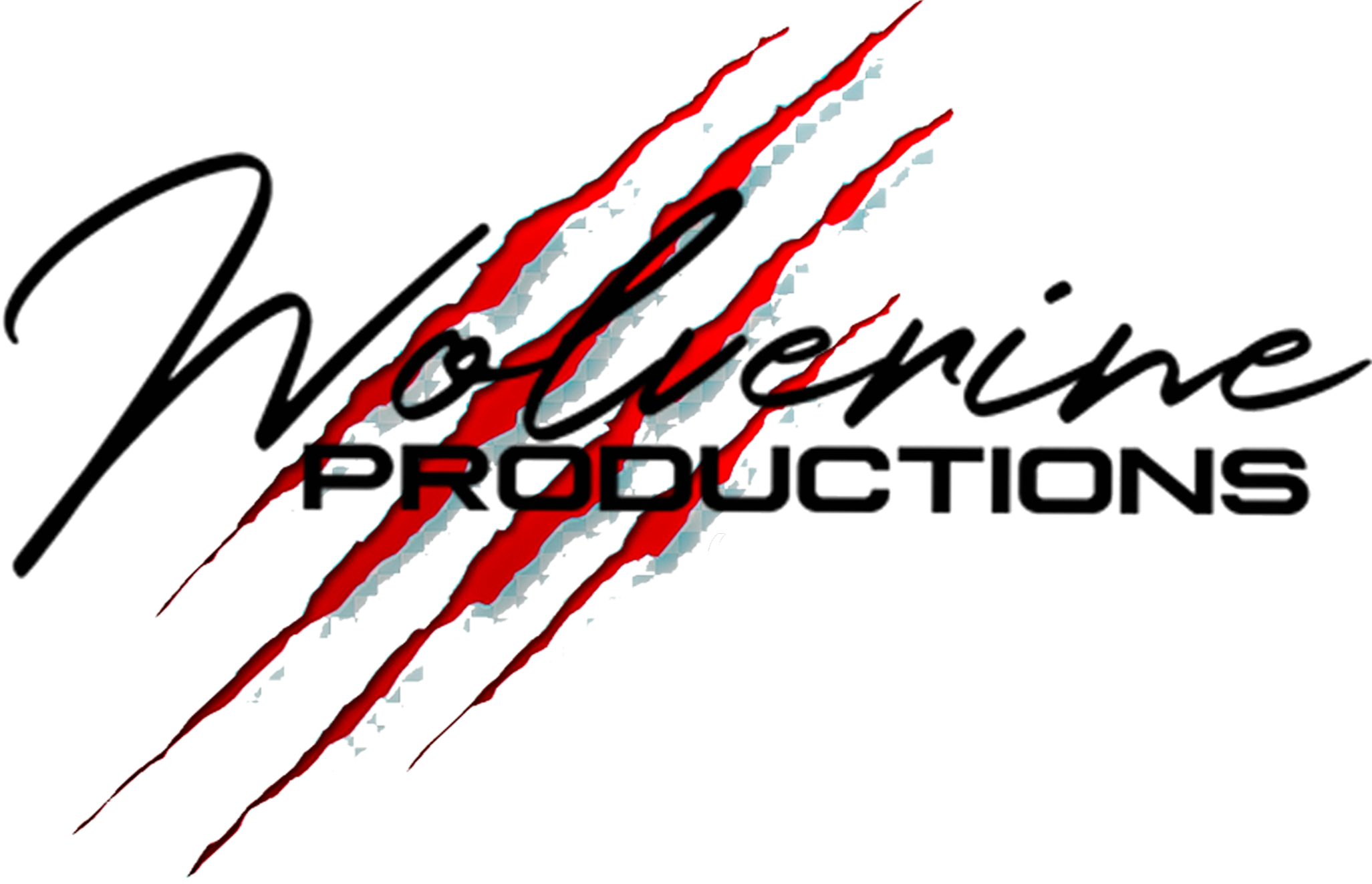In-Depth Content Strategy
- Wolverine Productions
- Sep 20, 2023
- 4 min read
1. Crafting Effective Website Content:
Content is the lifeblood of a website, and a comprehensive content strategy is fundamental to engaging visitors and achieving your website's objectives. Here's a deeper look at how to create effective content:
A. Audience Research: Before creating content, conduct in-depth audience research. This involves understanding your target audience's demographics, behaviors, interests, and pain points. Develop detailed buyer personas to guide your content creation efforts. The better you understand your audience, the more effectively you can tailor your content to their needs.
B. Content Types: Diversify your content types to cater to various learning styles and preferences. Consider written articles, video tutorials, infographics, podcasts, webinars, and interactive content like quizzes or calculators. Different types of content can engage different segments of your audience.
C. User-Centered Writing: Prioritize user-centered writing. Use clear and concise language, avoiding jargon or overly technical terms that might confuse your audience. Focus on providing value, answering questions, and addressing the problems your users have. Use storytelling techniques to make your content relatable and memorable.
D. SEO Optimization: Incorporate robust SEO practices to improve your content's visibility on search engines. Conduct thorough keyword research to identify relevant terms and phrases. Optimize meta tags, headings, and content for these keywords while ensuring that the content remains natural and user-friendly. SEO is an ongoing process, and staying updated with algorithm changes is crucial.
E. Visual Storytelling: Visual elements are pivotal in content engagement. They complement written content, making it more engaging and easier to digest. Use images, graphics, charts, videos, and other visuals strategically to illustrate points, convey information, and enhance the overall user experience.
F. Consistency: Maintain consistency across your content. This includes tone, style, voice, and branding elements. Consistency helps in building brand identity and recognition, making your content more trustworthy and memorable.
G. Calls to Action (CTAs): Every piece of content should include clear and compelling CTAs. CTAs guide users toward desired actions, whether it's signing up for a newsletter, downloading a resource, or making a purchase. They should be contextually relevant and stand out visually.
H. Accessibility: Ensure your content is accessible to all users, including those with disabilities. This involves using alt text for images, providing transcripts for videos, and adhering to web accessibility standards such as WCAG (Web Content Accessibility Guidelines). Accessibility is not just a legal requirement; it's essential for inclusivity.
I. Mobile-Friendly Content: Optimize your content for mobile devices. In the age of smartphones, a significant portion of your audience will access your content on mobile devices. Ensure that text, images, and other elements adapt gracefully to various screen sizes. Use responsive design principles to guarantee a seamless experience across devices.
2. Content Planning, Organization, and Maintenance:
A well-structured content strategy ensures that your website remains up-to-date, relevant, and easy to navigate. Here's an in-depth look at strategies for planning, organizing, and maintaining your website's content:
A. Content Calendar: Develop a content calendar to plan and schedule your content well in advance. This helps maintain a consistent posting schedule and aligns content with key events, seasons, or marketing campaigns. A well-organized calendar keeps your team on track and prevents content gaps.
B. Content Lifecycle: Define a content lifecycle that outlines the creation, publishing, promotion, and maintenance phases for each piece of content. Regularly review and update older content to keep it accurate, relevant, and aligned with your evolving goals and strategies.
C. Information Architecture: Organize your website's content logically and intuitively. Employ clear navigation menus, categories, tags, and internal linking structures to help users find what they're looking for quickly. A well-structured information architecture enhances user experience and SEO.
D. Content Governance: Establish content governance policies and guidelines to maintain content quality, consistency, and brand alignment. Define roles and responsibilities for content creators, editors, and administrators. This ensures that content is produced and managed according to predefined standards.
E. Content Audits: Conduct regular content audits to assess the performance and relevance of existing content. Identify content gaps, low-performing articles, and opportunities for improvement. Audits help you make data-driven decisions regarding content creation and refinement.
F. Content Promotion: Develop a content promotion strategy to increase the visibility and reach of your content. This may include social media sharing, email marketing, guest posting, influencer outreach, or paid advertising. Effective promotion ensures that your content reaches its intended audience.
G. Analytics and Feedback: Utilize web analytics tools to track user behavior, engagement metrics, and conversion rates. Analyze the data to gain insights into what content is resonating with your audience and where improvements can be made. Additionally, actively seek and incorporate user feedback to enhance your content.
H. Content Repurposing: Maximize the value of your content by repurposing it into different formats or updating and expanding existing articles. For instance, a blog post can be turned into a podcast episode, an infographic, or a video. Repurposing extends the lifespan of your content and reaches new audiences across different platforms.
I. Scalability: Plan your content strategy with scalability in mind. As your website grows and evolves, ensure that your content management system (CMS) can handle an increased volume of content efficiently. Choose a flexible CMS that allows for easy content management and scaling.
J. Legal and Compliance: Be vigilant about legal and compliance requirements related to your content. This includes copyright laws, privacy policies, and data protection regulations. Ensure that your content aligns with these rules to avoid legal issues.
A robust content strategy is a dynamic and evolving process that adapts to your website's growth and your audience's changing needs. By focusing on audience research, content quality, and organized maintenance, you can create a website that not only looks great but also offers valuable, engaging, and well-maintained content to visitors. This, in turn, contributes to a positive user experience and helps achieve your website's goals.




Comments